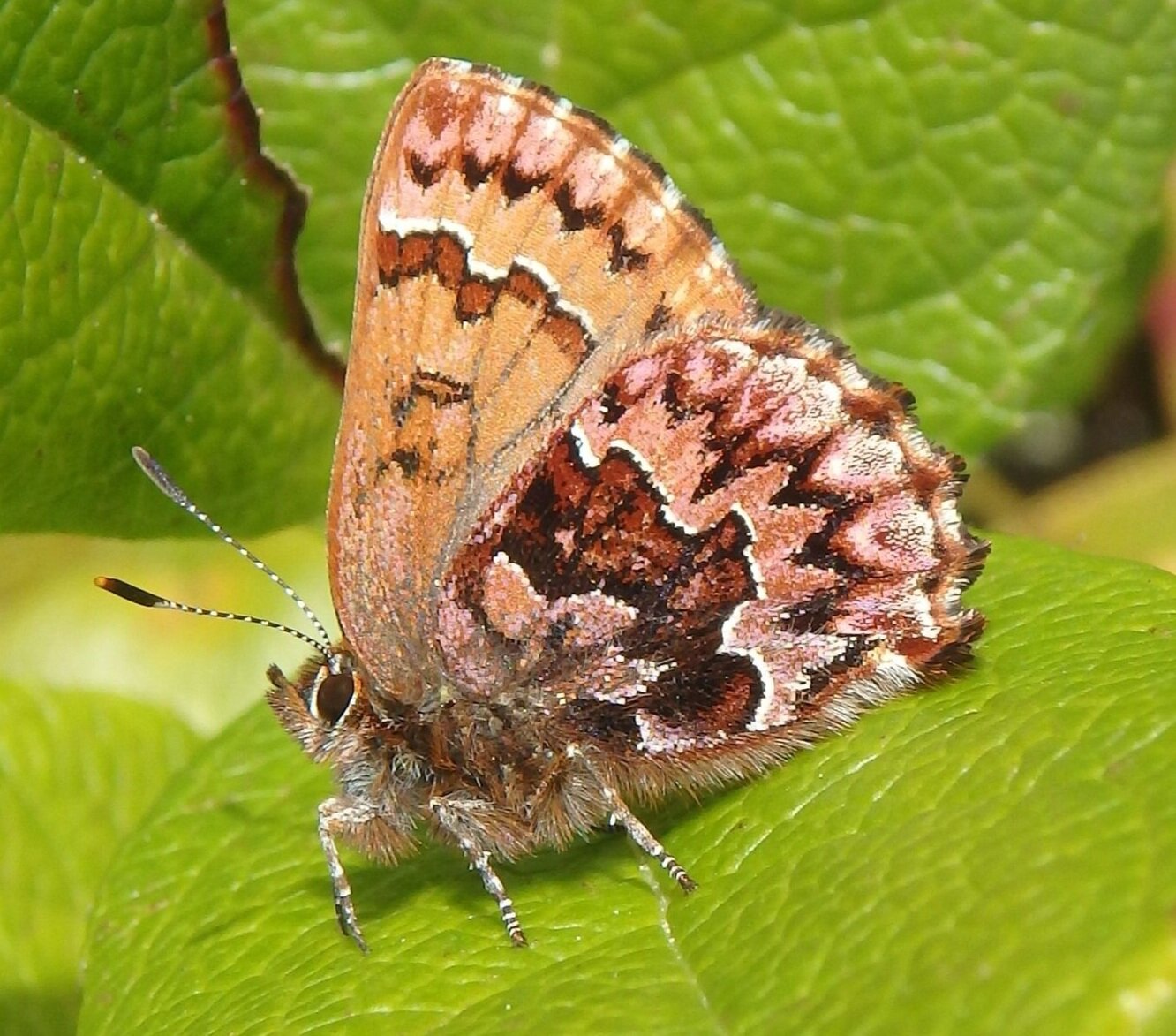This Little Shore Pine
by Boni Biery, Habitat Steward, Native Tree Advocate, Hillwood Resident
I have a tree in my yard that I used to just call a Shore Pine, but it turns out this tree is just one of several subspecies of Lodgepole pines (Pinus contorta) that share the name Shore Pine. So, I have learned that to be sure I name it correctly I need to use its botanical name to separate it from the others. It is actually a Pinus contorta ssp. contorta. This NW native grows from southern Alaska along the coast into northern California. These are tough, adaptable trees and will survive in wetter sites than other pines trees so long as they have enough sunlight. They also have a very high tolerance for salt spray and are often seen growing near our salty beaches with each tree maturing to its own twisting (contorta), picturesque shape.
These beautiful, native trees seldom exceed 35-50 feet in height. They have dark brown, scaly bark and can be further identified by their relatively short, often twisted needles in bunches of two needles each.
Western Pine Elfin
Photo by David Droppers, WA Butterfly Association
Western Pine Elfin
(Callophrys eryphon)
The Pinus contorta var. contorta is also a larval host plant for our native Western Pine Elfin butterfly.
Eggs are laid at the base of young needles; caterpillars feed on young needles and catkins. Chrysalis overwinters and adults emerge in spring as butterflies.
These then move on to a number of flowers that serve as “host plants” for nectar.
While I have not seen this butterfly nor its eggs, I like knowing that it would have a place to live should it fly into my yard.
Just imagine, this one, small to medium-sized evergreen is a veritable grocery store for a whole community of creatures. Some of the birds in my yard known to enjoy the cones are: crossbills, chickadees, nuthatches, finches, bushtits, siskins and kinglets. They forage through the cones in search of seed and insect treasures depending on their needs. And of course, the squirrels forage the cones for seeds too.
Pinus contorta
Photo by Robert L. Carr
Pinus contorta
Each spring the male “flowers” are initially cheerful, pale yellow packets of pollen in clusters near the tips of the old growth branches. The female flowers are little, dark purple coned-shaped formations that will mature into 1-2” cones borne in either pairs or clusters which point backward toward the trunk.
Red-Breasted Sapsucker
In addition to all of this, this tree has long hosted red-breasted sapsucker(s) as confirmed by the tell-tale rows of sap-wells that go ‘round and ‘round the trunk by them. While I never see more than one sapsucker at a time, their sap “wells” help to feed many. The sticky sap wells entrap insects that small birds, including our hummers, eat.
How fortunate I am to have this tree and all of its wildlife visitors to observe and I know that my human neighbors like it too. If you have the space, I encourage you to plant one. They are well positioned to be successful as our climate grows warmer.
Photo by Daniel Fitzgerald
The birds will surely thank you.




